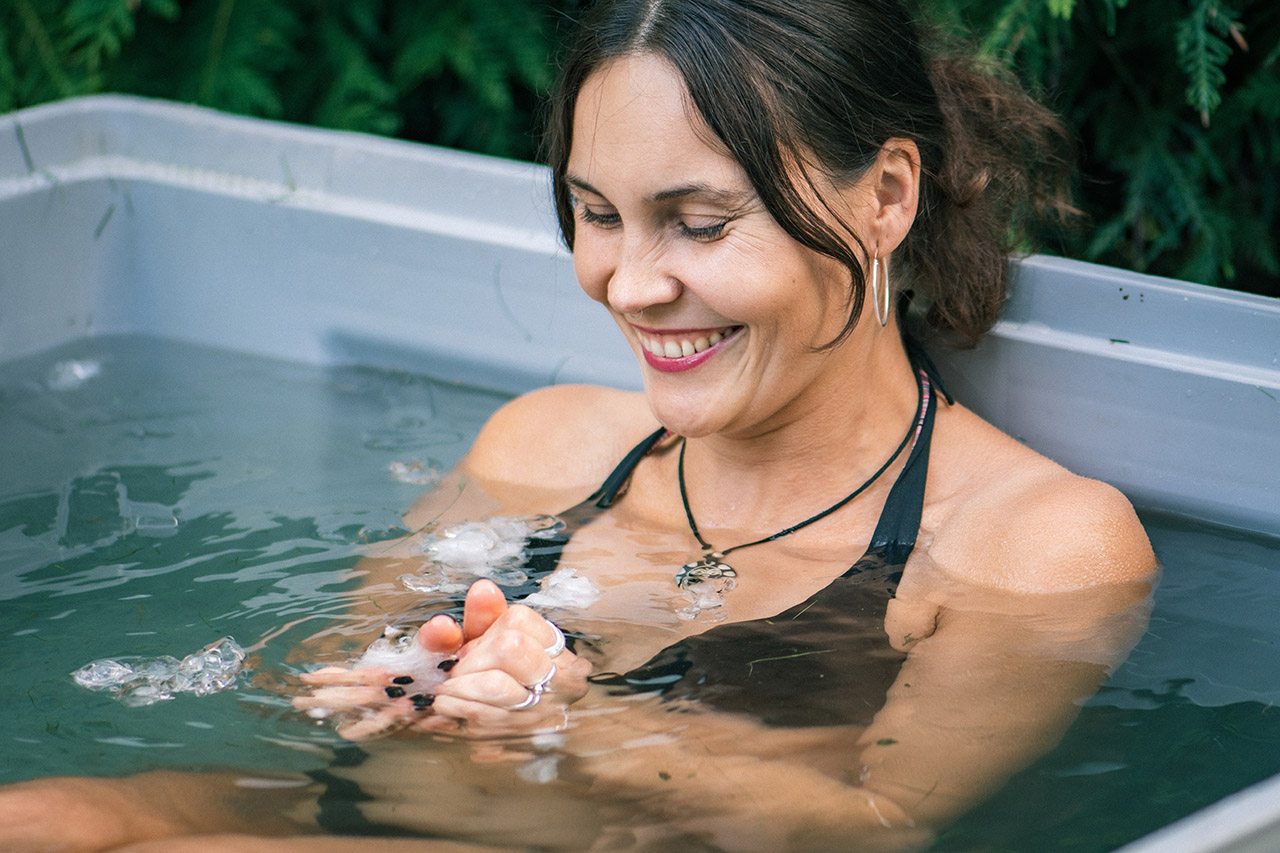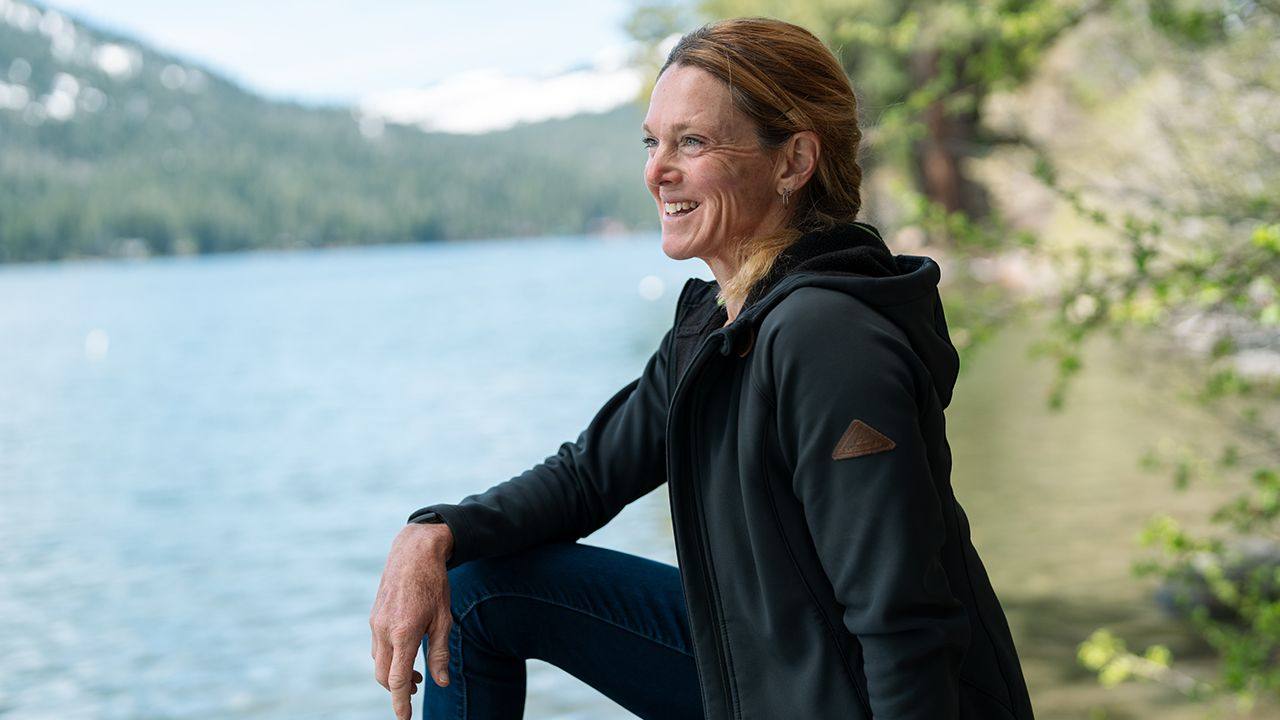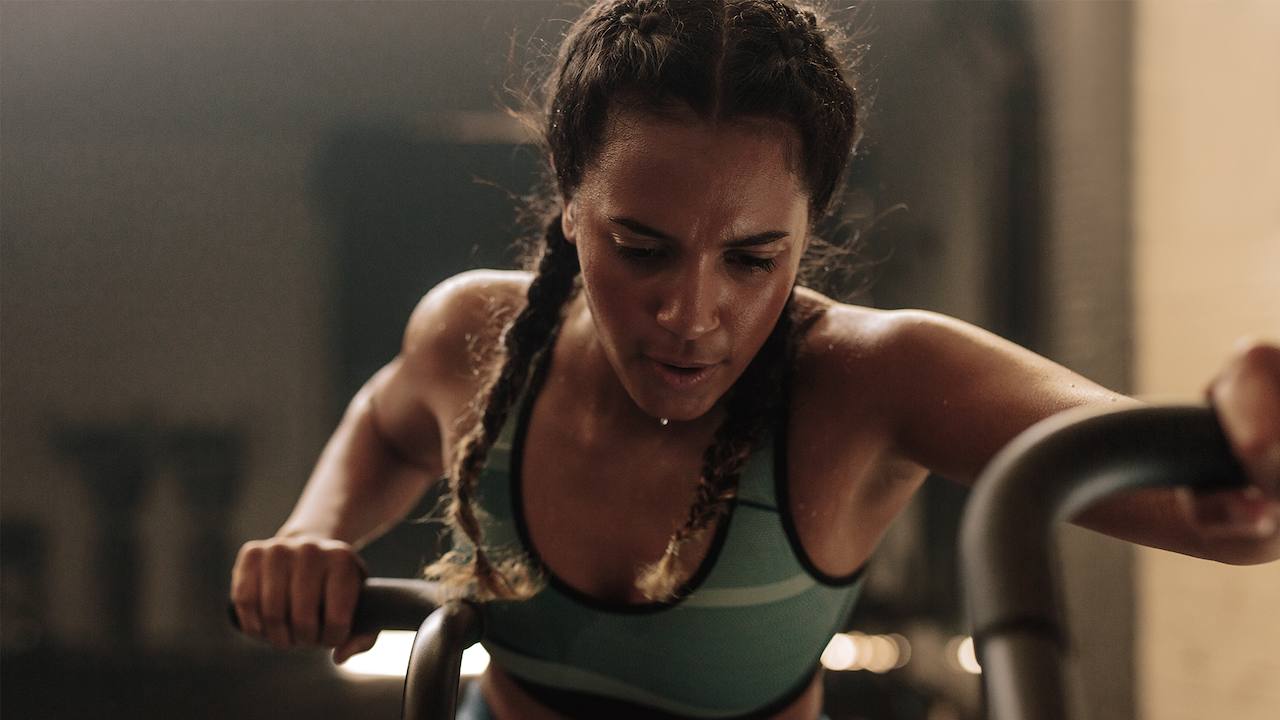Cold Plunging for Women: Why Colder Isn’t Always Better

Cold plunging has exploded in popularity, with everyone from elite athletes to wellness influencers posting their ice bath rituals. But long before it hit social media, cold-water immersion was a Nordic tradition—often paired with saunas—as a way to build resilience, reset the mind, and connect socially. Those plunges weren’t just about recovery; they were about ritual, renewal, and community.
Fast forward to today, and you’ve probably seen the claims: “Go as cold as possible for maximum benefit.” But as is so often the case in exercise and recovery science, what works for men doesn’t always work the same way for women.
When I see women shivering in tubs of icy-cold water at 4°C (39°F) because they’ve been told it will boost metabolism, burn fat, or supercharge recovery, I want to jump in (literally) and explain: you don’t need to go that cold—and in many cases, it’s counterproductive.
Let’s unpack what’s really happening physiologically, how cold exposure can support both health and performance, and why for women, the sweet spot often sits around 15°C (59°F)—not ice-cold extremes.
Health vs. Performance: Two Different Goals
Cold exposure has two broad uses:
-
For health and longevity: to support metabolism, mitochondrial function, mood, and the neuroendocrine system.
-
For athletic performance and recovery: to reduce inflammation, soreness, and muscle damage after training or competition.
The mechanisms and optimal temperatures for these outcomes are not the same.
If your goal is overall health and metabolic resilience, i.e., enhancing brown fat activity, dopamine release, or cold thermogenesis, then the aim is to trigger mild stress without overwhelming your system. That’s where moderate cold (around 14–15°C or 57-59°F) is most effective.
When you plunge into near-freezing water, your body mounts an intense stress response: skin vasoconstriction, elevated catecholamines (adrenaline, noradrenaline), and a massive sympathetic surge. For men, this produces robust metabolic adaptations, such as more brown fat activation, greater thermogenic capacity, and stronger shifts in glucose metabolism.
For women, though, that same extreme response can tip too far, elevating cortisol, suppressing thyroid activity, and blunting the very hormonal and metabolic benefits we’re trying to elicit.
The Female Neuroendocrine Difference
Men and women differ significantly in how the autonomic nervous system and thermoregulatory processes respond to cold. Women’s resting metabolic rate and core temperature regulation are influenced by estrogen and progesterone fluctuations across the menstrual cycle.
Research shows that women generally vasoconstrict faster (reducing blood flow to the skin) and experience greater drops in core temperature during immersion, especially in the luteal phase when progesterone is high. This makes us more sensitive to cold stress.
So, when women plunge into near-ice temperatures, the neuroendocrine system responds with a sharp spike in sympathetic activity and cortisol. Over time, that can disrupt menstrual regularity, blunt thyroid function, and impair recovery.
In contrast, immersions at moderately cold temperatures—around 15°C (59°F)—produce a more balanced response: you still get the release of norepinephrine (for focus, alertness, and mood), mild shivering thermogenesis (for metabolic boost), and increased mitochondrial biogenesis, without tipping into chronic stress territory.
This aligns with research from Suzana Søeberg and colleagues, who’ve shown that short immersions (2–5 minutes) at 14–15°C can activate cold-induced thermogenesis and brown adipose tissue while maintaining parasympathetic balance, which is especially important for women.
RELATED: Check out my Microlearning Course on Heat & Cold
What About Recovery and Performance?
Now, if your goal is post-workout recovery—say after a hard race or heavy training session—cold water immersion can help reduce inflammation and muscle soreness. But again, temperature matters.
For athletes, immersions in the 10–12°C range for 10 minutes post-session have been shown to reduce muscle damage and perceived soreness. However, if you’re using cold immersion every day, particularly right after strength training, you could blunt the very adaptations you’re working for. Cold dampens inflammatory signaling pathways (like mTOR and PGC-1α) that drive muscle and mitochondrial growth. In short, if you’re trying to get stronger, faster, or fitter—save the ice bath for competition recovery, not for after every gym session.
Where Cold Can Help: Ovulation Pain and Endometriosis
There are exceptions where targeted cold exposure can be beneficial for women’s health. Around ovulation, localized cold (not full-body immersion) can reduce inflammation and pain in women with ovulatory discomfort or endometriosis. Cold helps modulate prostaglandin activity and local blood flow which can be helpful for symptom management.
But again, the context matters: this is therapeutic cooling, not whole-body ice bathing for metabolic gain.
So What’s the Ideal Protocol for Women?
Based on the collective evidence and what we see in both lab data and lived experience for active women, here’s the framework I recommend:
For general health and metabolic benefits:
-
Temperature: 14–15°C (57–59°F)
-
Duration: 2–5 minutes
-
Frequency: 3–4 times per week
-
Timing: Morning or post-sauna; avoid right after strength sessions
For recovery post-competition or heavy training block:
-
Temperature: 10–12°C (50–54°F)
-
Duration: Up to 10 minutes
-
Timing: Within 2 hours of intense activity; not used daily
For symptom relief (ovulation/endometriosis):
-
Localized cooling (cold compress or partial immersion)
-
Keep it brief and targeted
Cold exposure can absolutely be a powerful tool for women’s health—but like so many things, the dose makes the difference. The emerging science shows that women’s optimal cold exposure lies in the middle ground: cold enough to challenge you, not so extreme that it drives chronic stress or hormonal disruption.
For men, plunging into ice baths may deliver bigger metabolic and vascular adaptations. For women, smarter—not colder—is better. Women are not small men—and just like everything else—our physiology deserves its own protocol.
Sign up to join my newsletter community here!





